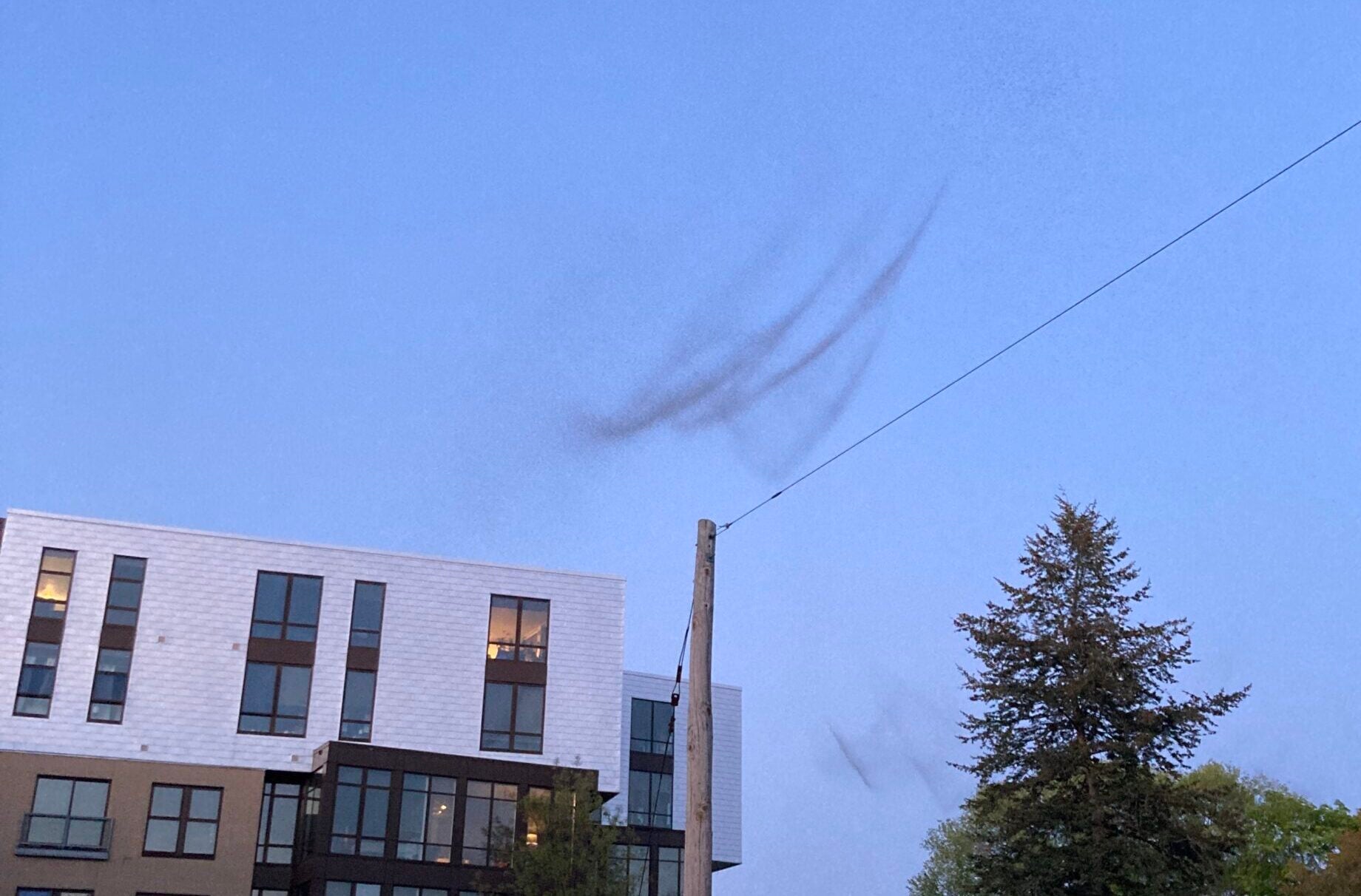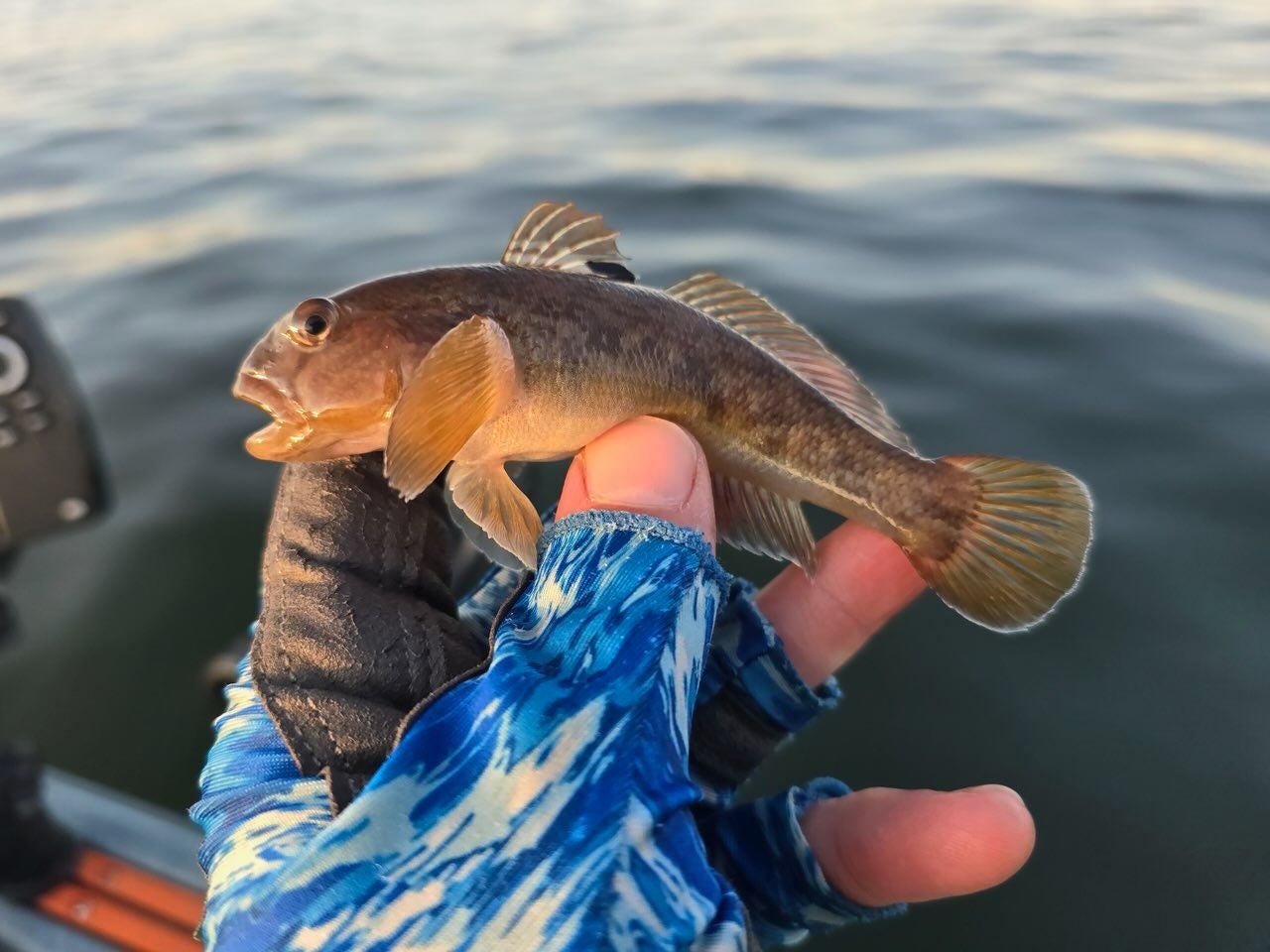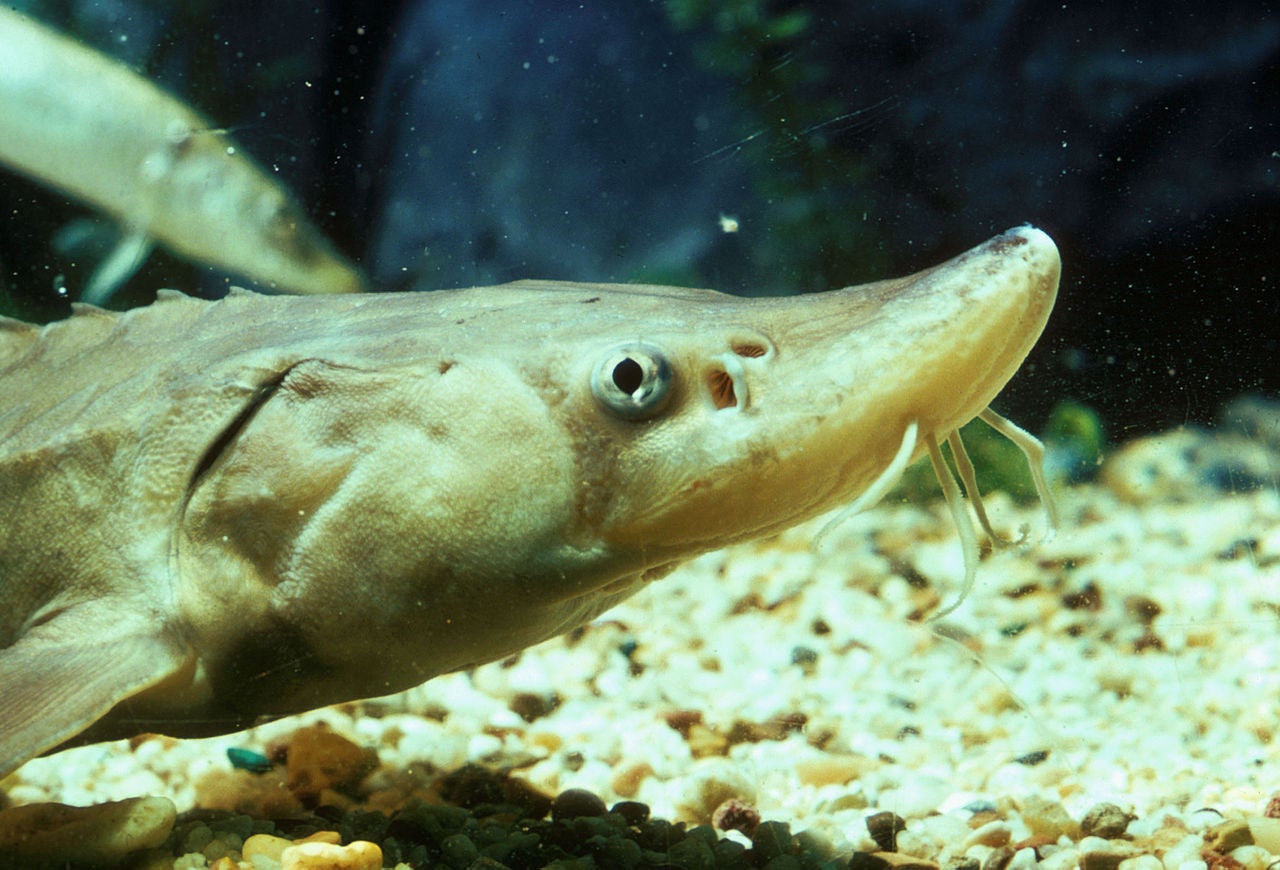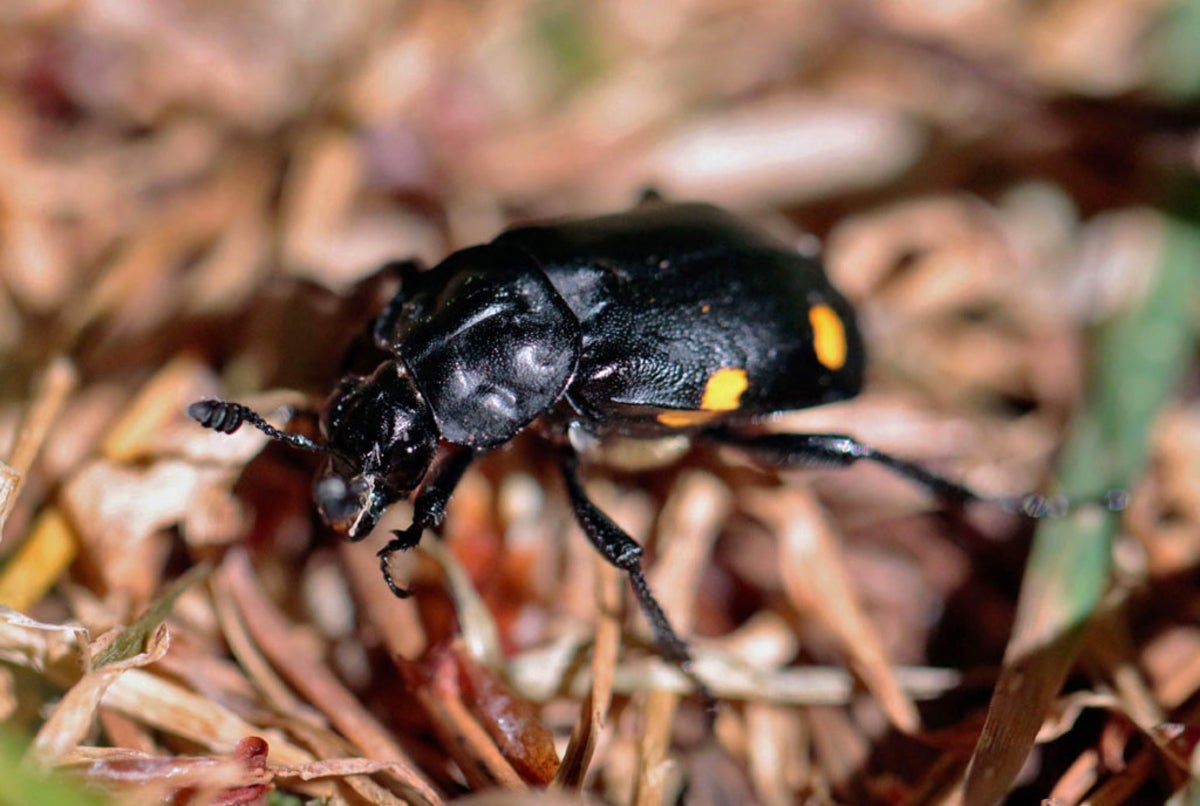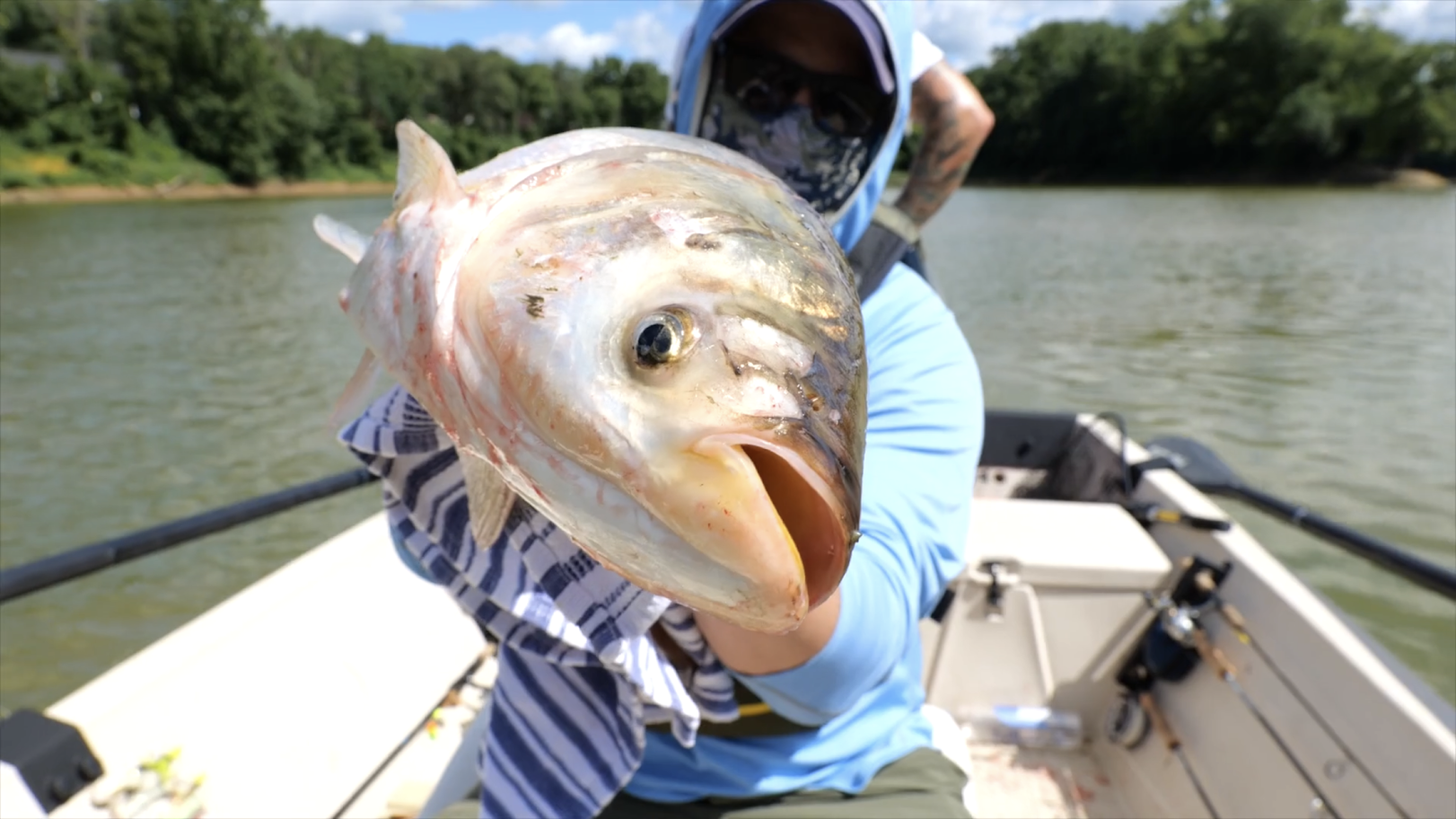After a trip out-of-state, Jake Vander Zanden had just returned to his home in Madison on Sunday when he saw them: thousands of midges, also known as lake flies, forming a pulsating plume above the trees.
And he heard them, too, a sharp buzzing sound emanating from the top of the trees on the edge of Lake Monona on Madison’s east side.
“There are always midges coming out of the lakes, but most people don’t really notice them because they’re not very abundant. So it’s not really on the radar,” said Vander Zanden, who studies the biology of lakes as chair of the Center for Limnology at the University of Wisconsin-Madison.
News with a little more humanity
WPR’s “Wisconsin Today” newsletter keeps you connected to the state you love without feeling overwhelmed. No paywall. No agenda. No corporate filter.
“But on Sunday,” he continued, “I mean, they were at levels that were just really quite incredible.”
The strange sight is the very end of a yearlong lifecycle that Vander Zanden said is also tied to the health and unique character of lakes.
“The thing that we see flying around for several days to a week … it’s a very small part of their life,” he said. “They spend 95 percent of their lives, or more, living in the lakes, and they only spend a tiny fraction out amongst us.”
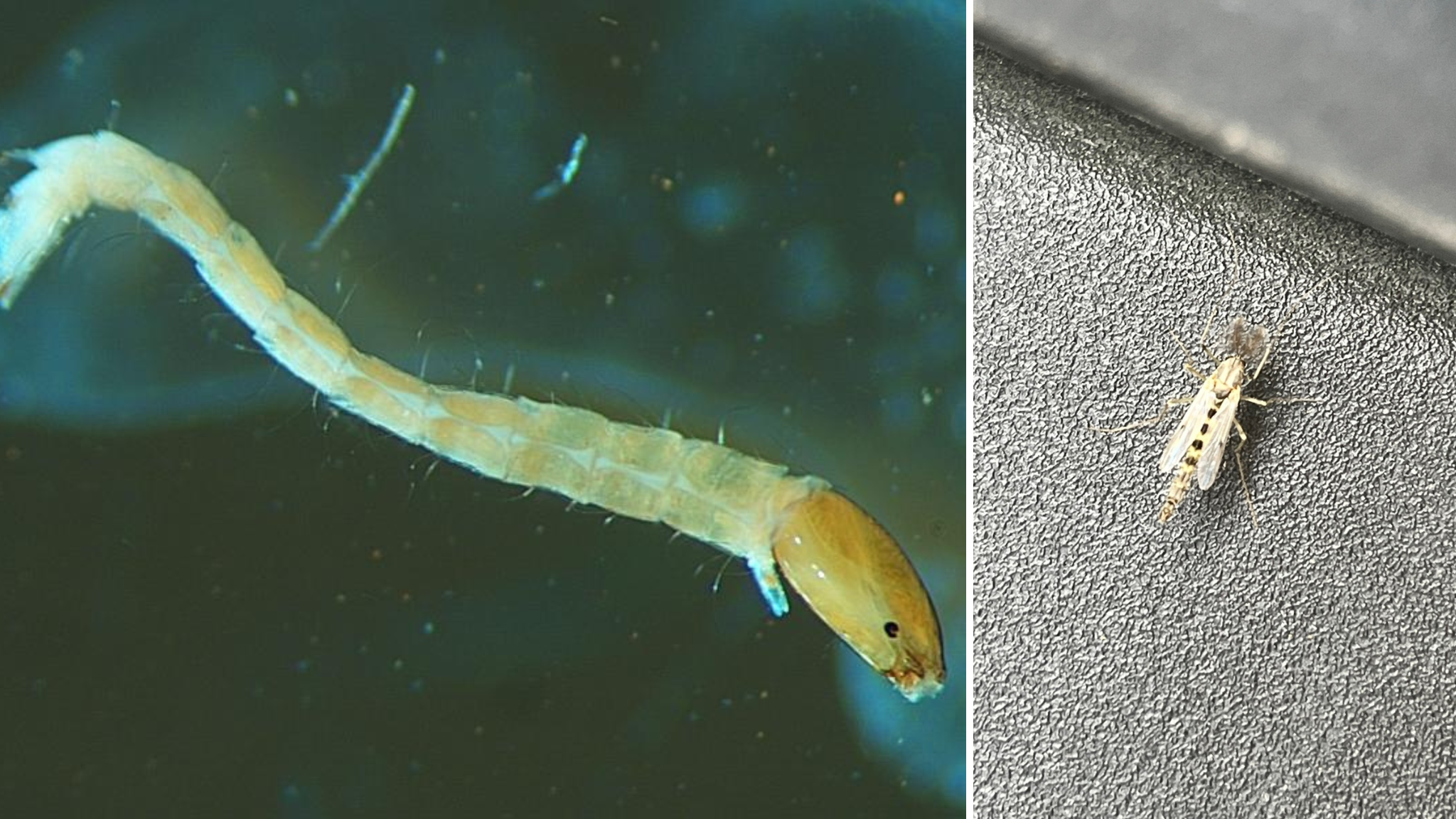
Midges, or chironomids, are small flies that develop primarily in lakes. They are not mosquitos and not mayflies, which also come out this time of year.
They’ve hatched in great numbers across the world, including in Madison and off Lake Michigan in Milwaukee. Vander Zanden said he grew up watching midge hatches off Lake Winnebago in northeast Wisconsin every year around this time, too.
The pulsing, buzzing clouds they form are mating swarms — which is just what the name suggests. Afterwards, impregnated females will lay their eggs on the surface of a lake. The eggs sink to the bottom, nestling into the sediment through the summer, autumn and winter, before hatching in the spring — and eventually growing into the full-sized adults that fly around for just a few weeks around Mother’s Day.
The presence of midges in a general sense can tell a community about the health of its lakes, Vander Zanden said. They offer food to fish, spiders and birds, and they’re harmless to humans.
But Vander Zanden says he’s not so sure why Lake Monona has seen such an exceptional hatch this year. The local midge population increased after Madison lakes were infested by zebra mussels about a decade ago, he said. Maybe this year, there were fewer fish around to prey on eggs or there were more food sources.
“Some kind of perfect storm of conditions in the lake has just allowed there to be a really good, good hatch,” he said.
Vander Zanden said he’s looking forward to trying to work backward to solve the mystery of the “Mother’s Day Midge Hatch of 2025.”
And he has a message for Wisconsinites who might encounter swarms while out walking, running or paddling along the lakes this spring.
“I would just encourage people to try to find the fascination in them,” he said.
Wisconsin Public Radio, © Copyright 2026, Board of Regents of the University of Wisconsin System and Wisconsin Educational Communications Board.

